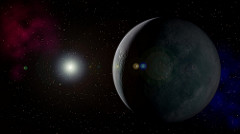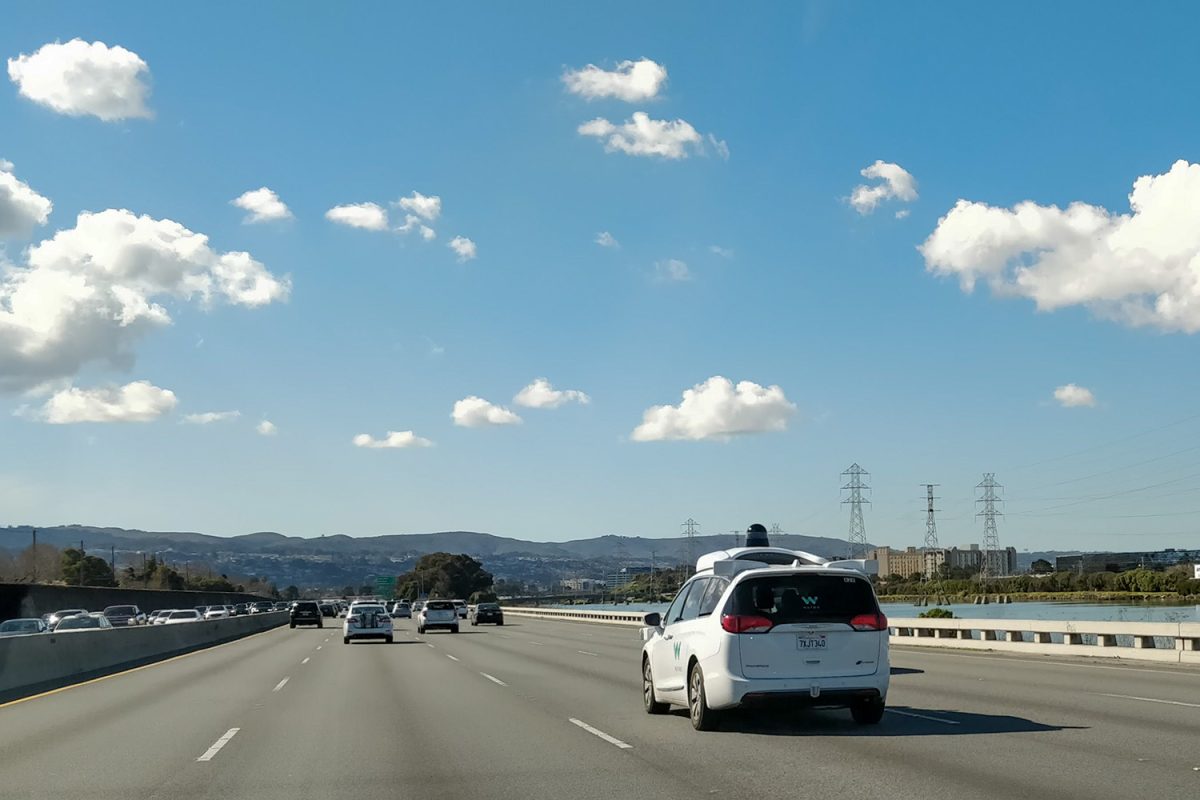
Scoot over Pluto, there’s a new ninth planet in the solar system.
Thanks to researchers at California Institute of Technology (CalTech), a possible ninth planet was confirmed on Jan. 20.
According to CalTech researchers Konstantin Batygin and Mike Brown, the object, nicknamed Planet Nine, “has a mass 10 times the size of Earth” and has an orbit around the sun that takes between 10,000 and 20,000 years to complete.
“This would be a real ninth planet,” said Brown. “There have only been two true planets discovered since ancient times, and this would be the third.”
In fact, the last planet to be discovered was Pluto in 1930 by Clyde Tombaugh.
“The discovery isn’t something I thought could happen today because I thought we knew of all the planets near earth,” said sophomore Liam Gunning.
Planet Nine would take the place of the original ninth planet, Pluto, that was removed from the list in 2006.
“I don’t really mind that Planet Nine is replacing Pluto because there were no new discoveries to be had with Pluto. There’s an exciting unknown aspect with Planet Nine,” said Gunning.
Brown and Batygin collaborated for two years in order to ensure that a pattern they’d noticed was a new planet.
According to CNN, Batygin and Brown have not actually seen the planet, but had found objects in the “field of icy objects and debris beyond Neptune,” known as the Kuiper Belt, that pointed in the same direction.
CNN says that, through mathematical modeling and computer simulation, the researchers were able to see that the planet’s gravitational pull was shaping the objects’ orbits.
Although the two aren’t completely certain about the planet’s location, they say it might be possible to view it from some of the observatories in Hawaii.
According to CalTech, scientists have long believed the early solar system began with four planetary cores. Over time, they migrated to their present locations.
“But there is no reason that there could not have been five cores, rather than four,” says Brown.
The fifth core could have been ejected far out into a distant orbit, represented by Planet Nine.
Batygin says, “One of the most startling discoveries about other planetary systems has been that the most common type of planet out there has a mass between that of Earth and that of Neptune. Until now, we’ve thought that the solar system was lacking in this most common type of planet.”
It may be some time until the planet is accepted into the galaxy, but, for now, space-lovers are hopeful.
“I’m excited for more news of possible new discoveries to come,” said Gunning.








